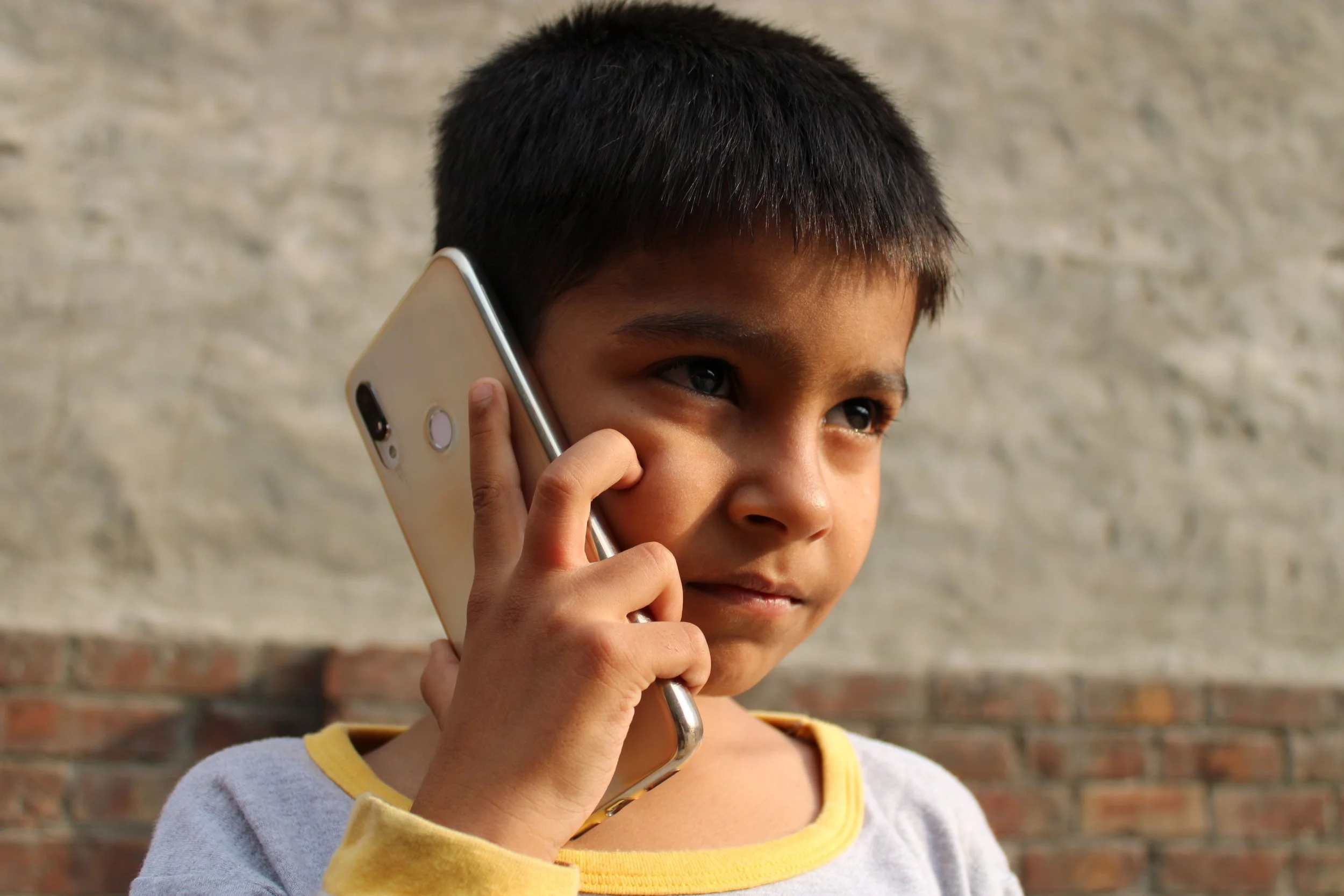PERSONALIZED LEARNING & EDUCATION TECHNOLOGY
Personalized learning and education technology are reshaping classrooms worldwide, offering new tools to close learning gaps after COVID-19. LEAPS research tests various models of targeted instruction and digital learning, studying how these approaches empower students, support teachers, and involve parents in Pakistan’s public schools. Explore our research below to see how personalized learning is enabling schools and families to help every child thrive.
Technology for Foundational Learning in Pakistan
Authors: Tahir Andrabi, Juan Baron, Isabel Macdonald , Zainab Qureshi
Citation: Andrabi, Tahir, Juan Baron, Isabel Macdonald, and Zainab Qureshi. 2025. “Free to Choose: Introducing Technology for Foundational Learning in Pakistan.” Working Paper.
Questions and Findings
Does grouping primary students by learning level instead of age/grade improve learning outcomes in Khyber Pakhtunkhwa, Pakistan, and how do different implementation methods (paper-based, tech-supported, mandated, or optional) affect achievement?
Overall learning gains: The TIP program improved student achievement by 0.12 standard deviations across math, English, and Urdu after eight weeks.
Teacher choice yields greatest results: When teachers chose how to use the tech tool (Optional treatment), learning gains were highest at 0.15 SD, outperforming both Mandated tech tool (0.09 SD) and Paper-only (0.11 SD) groups.
Biggest benefits for girls’ schools with choice: In female schools, the Optional tech tool raised achievement by 0.13 SD, while the Mandated tech tool had almost no effect (0.01 SD), showing teacher discretion especially matters for girls.
Teacher discretion promotes equity: The Optional tech tool benefited students at all ability levels, particularly lower-performing girls, whereas Mandated and Paper-only treatments mainly helped higher achievers.
Why This Matters
In many developing countries, education systems struggle to deliver effective learning for all children due to rigid classroom structures and one-size-fits-all policies. This study demonstrates that adapting instruction to students’ actual learning needs and giving teachers the flexibility to use supportive technology as they see fit, not only boosts achievement but also ensures that gains reach the most marginalized, such as girls and lower-performing students.
These results suggest that empowering teachers rather than imposing uniform mandates can better close the persistent learning gaps that hold back national progress.
Structure vs. Discretion
Authors: Christina Brown, Tahir Andrabi, Asim I. Khwaja and Isabel MacDonald
[This study is currently underway, and the findings, along with the full paper, will be made available soon]
Questions and Findings
Can low-cost technology address information and guidance gaps to improve personalized learning? Does scripted curriculum or teacher autonomy yield greater learning gains in diverse classrooms?
Positive Impact on Student Learning: The interventions resulted in a positive effect of 0.13 standard deviations, equivalent to 0.18 school years (about 2 months) of additional learning compared to the control group.
No Significant Difference Between Intervention Types: Providing teachers with extra information about student gaps or detailed activity guidance did not yield significantly greater learning gains than simply distributing the workbooks.
Why This Matters
Many education systems struggle to address wide differences in student ability, leaving millions behind despite major investments in targeted instruction reforms. This study highlights that providing teachers with simple, structured resources can drive substantial learning gains even when detailed information or rigid scripts are absent. Understanding that the biggest barrier may be materials, not teacher knowledge, offers a more practical, scalable path for policymakers and schools facing resource constraints.
The results also inform how technology-enabled programs should be tailored to local classroom contexts, directly shaping decisions on how to best support teachers and improve student achievement at scale.
TIP ICT - Parents
Authors: Gabrielle Vasey, Isabel H. Macdonald, Unzila Nadeem
[This study is currently underway, and the findings, along with the full paper, will be made available soon]
Questions
How do parent-targeted messages affect parental beliefs, behaviors, and student learning outcomes? What impact do these messages have on the broader learning ecosystem, including decisions about supplementary support like tutoring? Do parents change their behavior in response to messaging interventions? What spillover effects do parent-focused interventions have on other members of the learning ecosystem, such as family and educators?
Why This Matters
Strengthening children’s educational outcomes requires leveraging all available support networks, yet many families face persistent barriers to engagement. Parent-focused messaging interventions offer a promising and affordable pathway for reaching caregivers directly, with the potential to catalyze broader shifts in home and school environments.
Understanding both the direct and indirect impacts of these interventions is crucial for policymakers and educators seeking scalable solutions that go beyond individual behavior change to influence entire communities. By illuminating how information flows through family and educational networks, this study provides actionable insights for designing interventions that bolster children’s learning at multiple levels.
Tutoring Study
Authors: Tiffany M. Simon, Asim I. Khwaja, J. Landin Smith
[This study is currently underway, and the findings, along with the full paper, will be made available soon]

